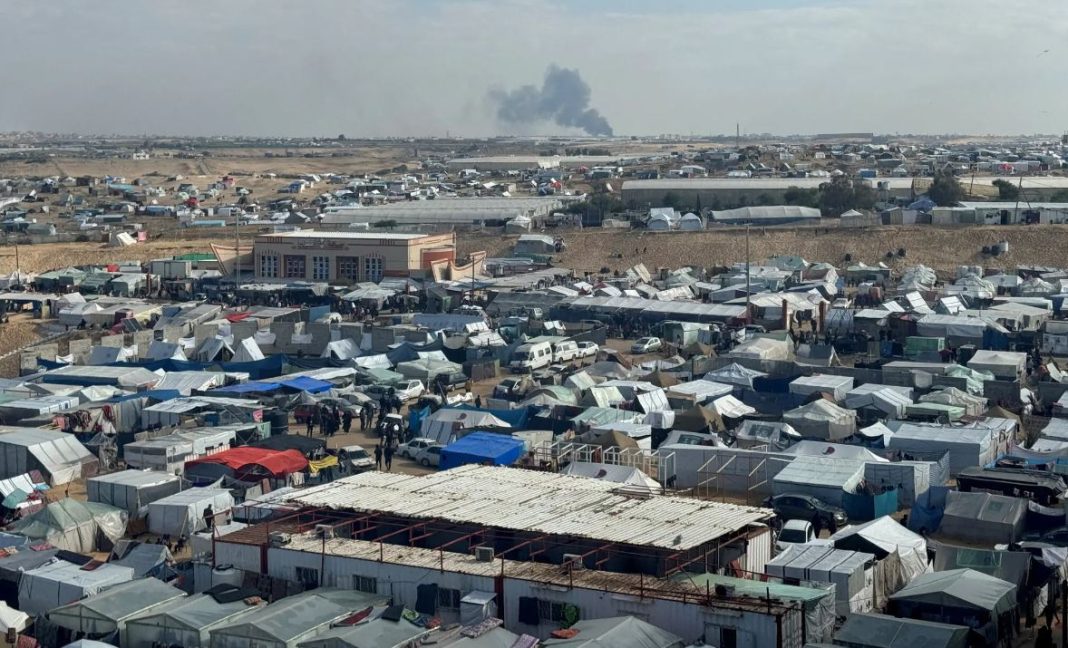Amidst the ongoing conflict in Gaza, a sobering study conducted by prominent epidemiologists sheds light on the potential human toll of an escalation in hostilities. According to the study, there are three plausible scenarios, each with varying degrees of severity, that could significantly impact the Palestinian population in the region.
The most dire scenario predicts that an escalation of the conflict could lead to an alarming 85,000 additional deaths over the next six months. These fatalities would be in addition to the already devastating toll of over 29,000 deaths attributed to the conflict since its onset in October. The estimate accounts for “excess deaths,” representing a stark reality of lives lost beyond what would have been expected in the absence of war.
In a second scenario, assuming the continuation of the current level of fighting and limited humanitarian access, the study forecasts an additional 58,260 deaths in Gaza over the next six months. This figure could further rise to 66,720 in the event of infectious disease outbreaks such as cholera.
Even in the most optimistic scenario envisioned by the research team – an immediate and sustained cease-fire without outbreaks of infectious disease – another 6,500 Gazans could lose their lives over the same period directly due to the war. This highlights the persistent threat to civilian lives, even in the absence of active hostilities.
Dr. Francesco Checchi, professor of epidemiology and international health at the London School of Hygiene and Tropical Medicine, emphasized that the study aims to provide evidence-based insights to decision-makers and raise awareness about the potential human cost of the conflict. By quantifying the projected excess deaths across various health indicators, the study underscores the urgency of seeking a resolution to the crisis.
The analysis takes into account fatalities resulting from traumatic injuries, infectious diseases, maternal and neonatal causes, as well as noncommunicable diseases exacerbated by limited access to medication and treatment. Dr. Checchi emphasized the significance of upcoming decisions in shaping the evolution of the death toll in Gaza.
However, the projected death tolls are contingent upon several factors, including the absence of epidemics of infectious disease. Dr. Paul Spiegel, director of the Hopkins Center for the Humanitarian Health and co-author of the research, cautioned that with the outbreak of diseases like cholera, measles, or polio, the death toll could surge significantly.
Patrick Ball, an expert on quantitative analysis of deaths in conflict, hailed the study as a rigorous effort to illuminate the potential humanitarian cost of the ongoing war. He underscored the importance of understanding the likely outcomes of policy decisions in mitigating human suffering and guiding future actions.
The analysis also sheds light on the demographics of trauma-related deaths in Gaza, revealing that casualties are distributed across all ages and genders. Shockingly, a significant proportion of trauma deaths occur among females and children under 19 years, reflecting the widespread and indiscriminate nature of bombardment.
Even in the event of an immediate cease-fire, the study highlights that war-related deaths would persist due to factors such as unexploded ordnance, complications from previous injuries, and limited access to essential healthcare services. Dr. Spiegel emphasized the prolonged impact of the conflict on civilian populations, underscoring the need for urgent intervention.

